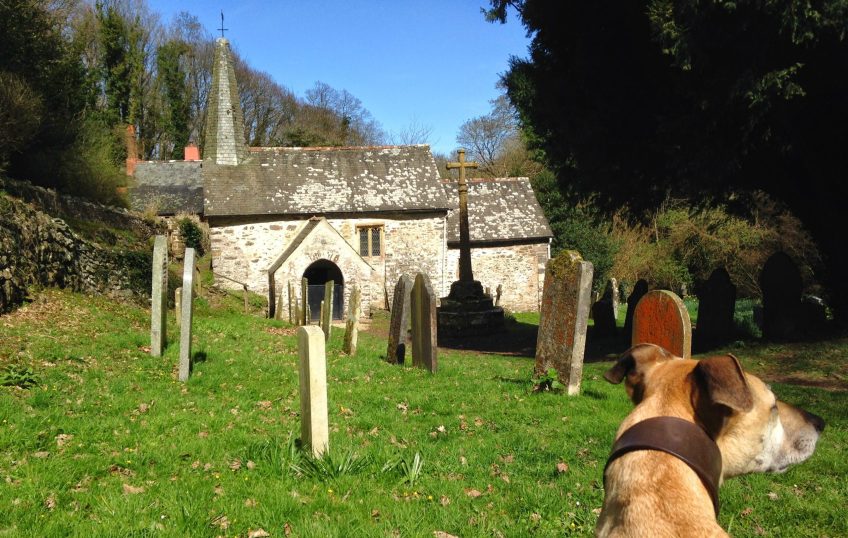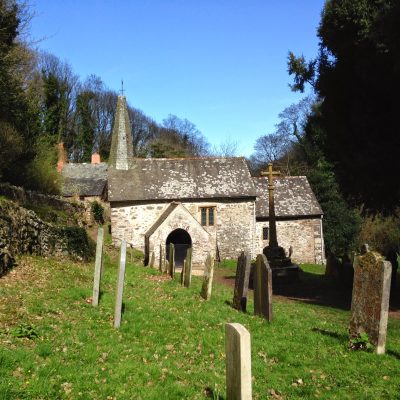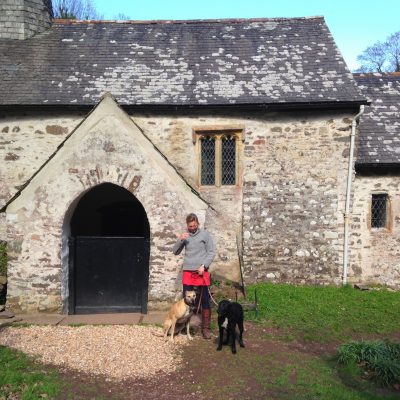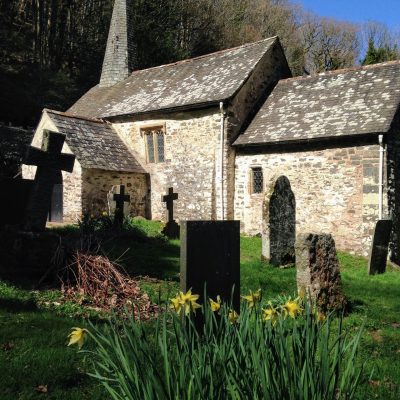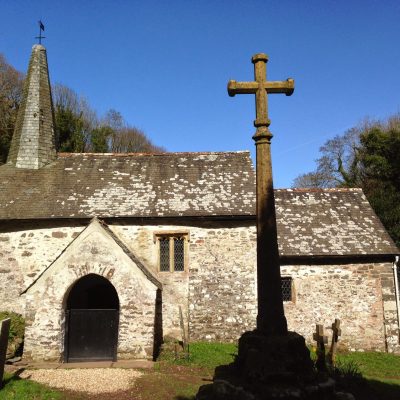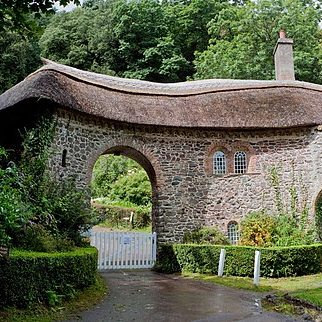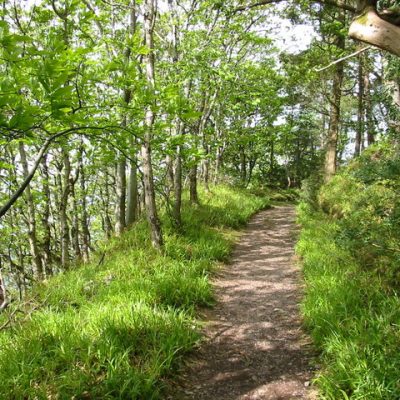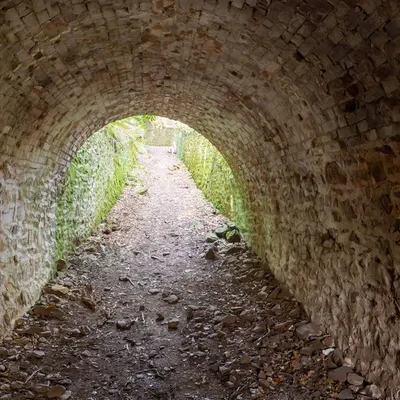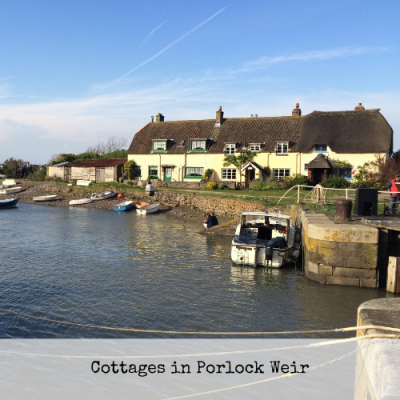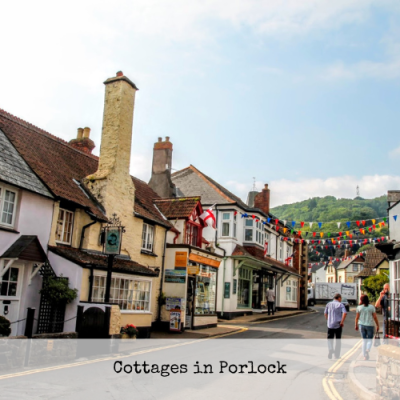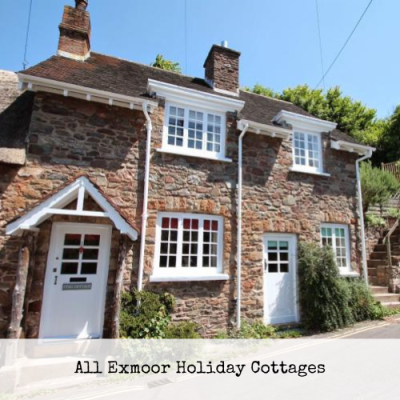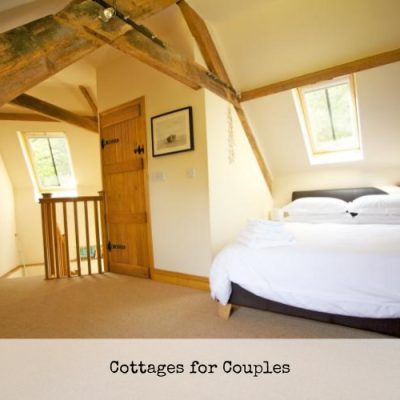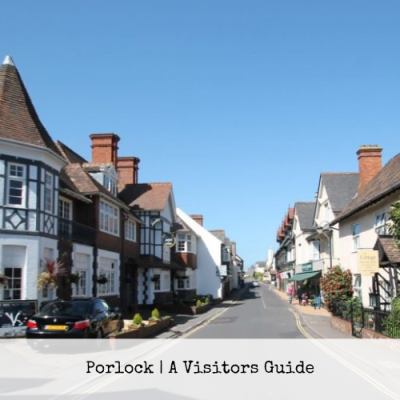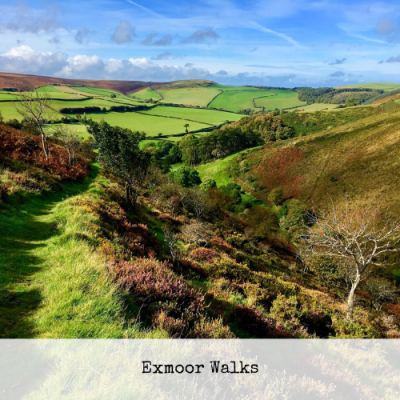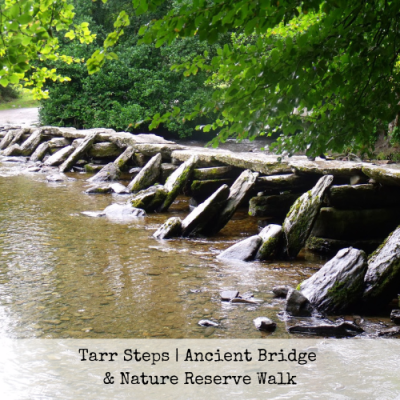Culbone Church could almost be a thing of fairytales. Firstly, it is the smallest parish church in England… Considering there are around 16,000 churches in England, this is quite some claim to fame. Secondly, it is tucked away in ancient oak woodlands, only accessible by foot. Winding coastal paths lead to a serene glade, where time stands still and peace is abundant.
Whether you consider yourself religious or atheist, spiritual or otherwise, I highly recommend visiting this magical place… Just a woodland walk west of Porlock Weir, a place of calm, solitude, history and reflection.
How big is Culbone Church?
Culbone Church, with its intimate setting, has a seating capacity of up to 33 people. The entire length of the church building spans less than 11m (35 feet). Despite its diminutive size, I find it nonetheless carries a reassuring gravitas… Perhaps relating to the thick stone walls and the knowledge that countless have stood there before you.
The debate as to whether this particular church holds the ‘smallest in England’ accolade will depend slightly on which criteria you use to define the title… But you can still most definitely tick this off your list as a visit to one of Exmoor’s many notable claims to fame.
How do you get to Culbone Church?
There are two main routes to reach Culbone. My favourite is the walk from Porlock Weir, meandering mostly uphill west into the woods on the South West Coast Path. From here, you can leave the car at Porlock Weir car park for a slightly longer walk. Alternatively, drive to the end of the road, through Worthy Toll gate, and head straight off onto tracks.
Another option is to walk down from above. Turn north from A39 at the Culbone Stables, parking just before Silcombe Farm. From here take the signposted path down to the church (25 mins walk from car parking spaces).
A little on the history of Culbone Church
Culbone Church, also known as St. Beuno’s Church, has a fascinating history dating back many hundreds of years. Around 400-500 AD, a small group of Welsh monks set up a community here. A few hundred years later, the church was first built – while the exact origins are uncertain, the church’s body is believed to be at least from the 11th century, if not older. Note of Culbone church is made in the Doomsday Book.
Over time, it underwent architectural changes, with the porch likely added in the 13th century and the nave rebuilt in the 15th century. Culbone Valley served as a place of banishment for criminals and outcasts, with a lepers colony established in the 16th century.
However, it was not only society’s castaways who could be found here. The peace and remoteness attracted many others as a place of worship and pilgrimage, monks and hermits seeking spiritual solace. And of course, its historical significance and timeless charm continue to captivate visitors to this day.
Places to stay near Culbone Church
If you’re interested in staying for a few days and exploring the many points of interest Exmoor has on offer, there are wonderful Exmoor holiday cottages available in which to base yourself…
Other posts you may be interested in
Have a browse of our posts below for more Exmoor walks, points of historical interest, features of Exmoor’s coast or just all things to do across Exmoor.


